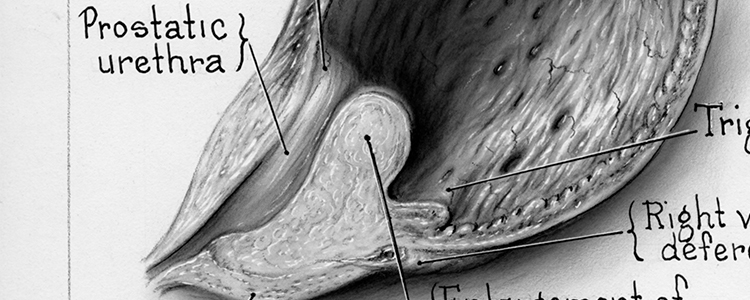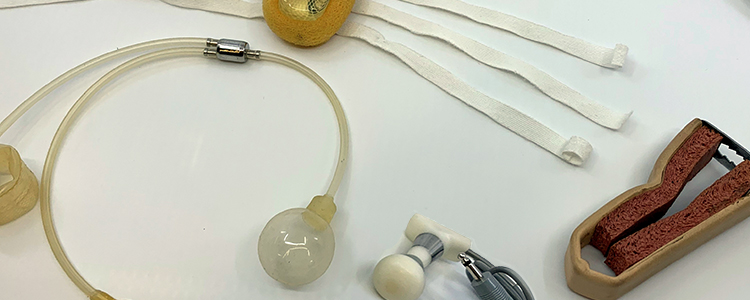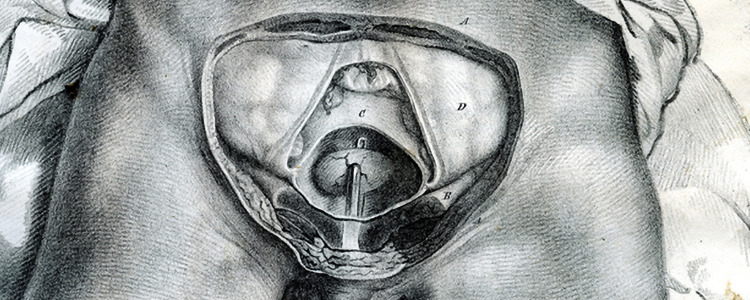Histories
BPH
Clothing may make the man, but at the end of the 19th century, accessories were what counted most for men with benign prostatic hyperplasia (BPH). No finery did more for men suffering from enlarged prostates than bowler hats, walking sticks or umbrellas. For stashed discreetly in the hat bands or hollow cane-shafts were one of the few means of relief for a man suffering from BPH-related restricted urine flow: a catheter.
Learn MoreHistories
Incontinence
Silence may be golden, but not if it keeps you from getting help for urinary incontinence. For of all the urologic conditions, those concerning leaking urine are often the most neglected, especially by women—who make up 85 percent of incontinence sufferers. In either gender, the condition appears in various forms, involving various parts of the anatomy (the bladder, urethra and sphincter) as well as the central nervous system, and triggered by various causes.
Learn MoreHistories
Infertility
Previously infertile men are becoming biological fathers today because of the innovative thinking of urologists, whose influence is apparent in the many aspects of the diagnosis and treatment of infertility. Some of the key discoveries in this arena include the importance of semen quality in achieving conception and the role of varicoceles (varicose veins of the testis) in causing infertility.
Learn MoreHistories
Sexual Dysfunction
Urologists are leading the march as sexual medicine moves into the next century. After all, few physicians are as adept at carrying the flag for our most intimate issues as those already treating our most private conditions.
Learn MoreHistories
Stone Disease
The practice of lithotomy—or cutting for the stone—dates back to antiquity and appears in records from societies such as the ancient Greeks, Chinese, Persians and Egyptians. The Hippocratic Oath, which appears in the 5th century B.C., even makes mention of the practice as it separates physicians from surgeons.
Learn More




